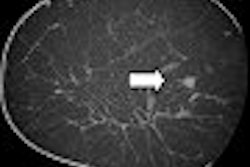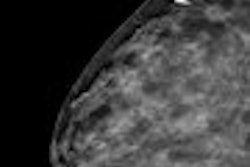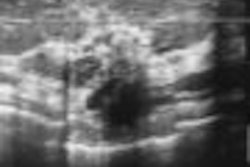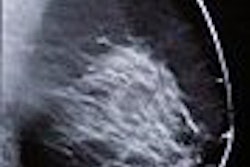Dear AuntMinnie Member,
A new study published this week has reignited the debate over the use of computer-aided detection (CAD) software for mammography screening. The new research finds that CAD has a beneficial role in breast screening, contradicting the results of last year's controversial study in the New England Journal of Medicine.
In the new study, U.S. researchers analyzed their experience with CAD in more than 230,000 patients over four years, according to an article in our Women's Imaging Digital Community by staff writer Kate Madden Yee. The methodology specifically addressed a number of the perceived shortcomings in the earlier NEJM study that CAD proponents believe reduced the accuracy for sites using CAD.
The new study found that sites using CAD turned in results that were superior compared to those of a single reader, and comparable to double reading by two radiologists. What's more, CAD's recall rate didn't exceed that of double reading.
The question is, what impact will the study have on recent efforts by insurance payors to restrict CAD reimbursement? So far, CAD advocates have successfully beaten back most of the proposed cuts -- this week's study should give them another weapon in their arsenal. Get the rest of the details by clicking here.
In related news in the community, we address the topic of how many mammograms a radiologist should be required to read in order to be certified under the Mammography Quality Standards Act (MQSA). The conventional wisdom is that more is better, but a new study released this month found that raising the interpretation requirement could force many rural radiologists to stop reading breast studies -- further exacerbating the problem of access to mammography.
Get more details on this story by clicking here, or visit the Women's Imaging Digital Community at womens.auntminnie.com.



















